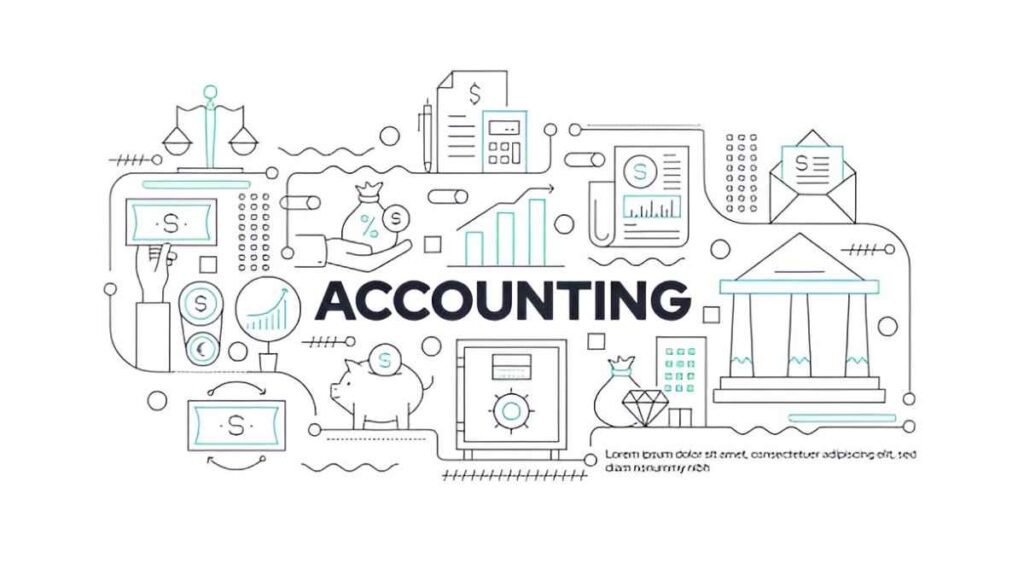Documents Against Acceptance (D/A) is a payment method used in international trade. It involves the seller shipping goods and sending the related shipping documents to the buyer through a bank. The bank releases these documents to the buyer only when the buyer accepts a bill of exchange, promising to pay the seller at a future date. This method provides the seller with a level of assurance that the buyer is committed to paying for the goods.
Table of Contents
How Does Documents Against Acceptance Work?
The D/A process involves several steps and parties, including the seller, the buyer, and their respective banks. Here’s a step-by-step breakdown:
- Sale Agreement: The seller and buyer agree on the terms of the sale, including using D/A as the payment method.
- Shipment of Goods: The seller ships the goods to the buyer and obtains the shipping documents.
- Submission to Bank: The seller submits the shipping documents to their bank along with instructions for D/A collection.
- Bank Processes Documents: The seller’s bank sends the documents to the buyer’s bank with instructions to release them only upon acceptance of the bill of exchange.
- Acceptance by Buyer: The buyer accepts the bill of exchange, committing to pay the seller at a specified future date.
- Release of Documents: The buyer’s bank releases the shipping documents to the buyer.
- Payment at Maturity: On the agreed future date, the buyer makes the payment to their bank, which then transfers the funds to the seller’s bank.
Key Documents Involved
Several key documents are involved in the D/A process:
- Bill of Exchange: A document that requires the buyer to pay a specified amount at a future date.
- Bill of Lading: A document issued by the carrier to acknowledge receipt of cargo for shipment.
- Invoice: A document issued by the seller detailing the goods and payment terms.
- Insurance Certificate: A document that proves the goods are insured during transit.
- Packing List: A document detailing the contents of the shipment.
- Certificate of Origin: A document certifying the country where the goods were manufactured.
Example of Documents Against Acceptance
Let’s look at an example to illustrate how D/A works:
- Sale Agreement: ABC Exporters in the USA sells $50,000 worth of electronics to XYZ Importers in Germany, with D/A terms.
- Shipment: ABC Exporters ships the electronics and obtains the necessary shipping documents.
- Submission to Bank: ABC Exporters submits the documents to their bank, First National Bank, with D/A instructions.
- Bank Processes Documents: First National Bank sends the documents to XYZ Importers’ bank, Deutsche Bank, with instructions to release them upon acceptance of the bill of exchange.
- Acceptance by Buyer: XYZ Importers accepts the bill of exchange, agreeing to pay $50,000 in 60 days.
- Release of Documents: Deutsche Bank releases the shipping documents to XYZ Importers.
- Payment at Maturity: After 60 days, XYZ Importers pays Deutsche Bank, which transfers the $50,000 to First National Bank, crediting ABC Exporters’ account.
Benefits of Documents Against Acceptance
Documents Against Acceptance offers several benefits:
- Payment Assurance: The seller receives a commitment from the buyer to pay at a future date.
- Flexibility: Allows the buyer time to sell the goods before payment is due, improving cash flow.
- Documentation Control: Ensures the buyer receives the shipping documents only after accepting the bill of exchange.
Risks of Documents Against Acceptance
However, D/A also comes with risks:
- Buyer Default: If the buyer fails to pay at maturity, the seller may face difficulties in recovering the funds.
- Limited Security: Unlike a letter of credit, D/A does not provide a guarantee from the buyer’s bank.
- Timing: The seller must wait until the future payment date to receive funds, which can impact cash flow.
When to Use Documents Against Acceptance
D/A is best suited for:
- Established Relationships: When the seller and buyer have a history of reliable transactions.
- Medium-Risk Markets: When trading in markets with moderate economic and political stability.
- Moderate Value Transactions: For transactions where the value of goods justifies the use of D/A but does not require the more secure and costly letters of credit.
Comparison with Other Payment Methods
It’s helpful to compare D/A with other common payment methods:
- Documents Against Payment (D/P): The buyer must pay to receive the documents. More secure for the seller but less flexible for the buyer.
- Letters of Credit (L/C): Provides a higher level of security but is more complex and costly. Suitable for high-value transactions and high-risk markets.
- Open Account: Goods are shipped and delivered before payment is due. Less secure for the seller but simpler for the buyer.
Conclusion
Documents Against Acceptance (D/A) is a valuable payment method in international trade that provides a balance of payment assurance and flexibility. By understanding the process, key documents, and benefits and risks, businesses can use D/A effectively to facilitate smooth and secure transactions. Whether you are an exporter seeking assurance of payment or an importer needing time to sell goods before payment, D/A can be an essential tool in your trade finance toolkit.





